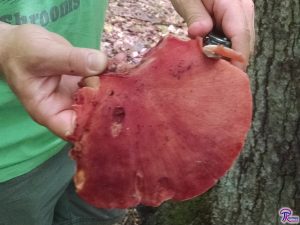#089: Cerioporus squamosus, the Dryad’s Saddle
Cerioporus squamosus (a.k.a. Polyporus squamosus) is a beautiful polypore that reaches impressive sizes. It is whitish with brown flecks on the top and is probably the largest mushroom you’ll find in the spring. It appears on dead trees and logs and is quite eye-catching thanks to its size and pale colors. C. squamosus is commonly known as the “Dryad’s Saddle,” “Pheasant Back Mushroom,” or “Hawk’s Wing” (this last name is the least common). The first name – which is my personal favorite – derives from the mushroom’s shape; its brackets seem to be perfectly sized and positioned to form a little seat for a weary tree nymph (dryad). The other two names refer to the mushroom’s coloration; a pale surface flecked with triangles of brown looks remarkably similar to the back of a female pheasant or the wing of a hawk.

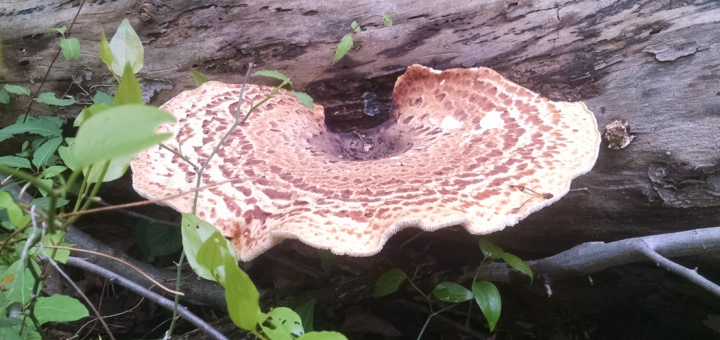
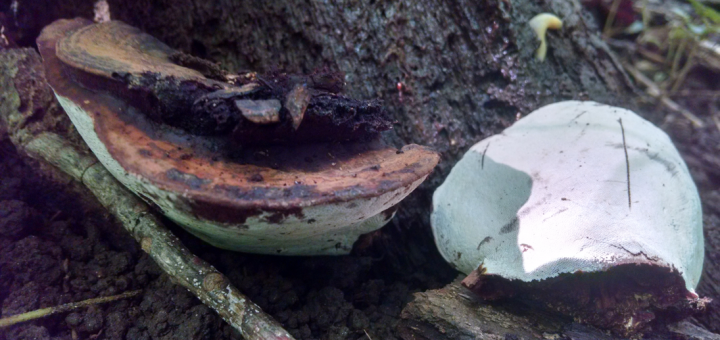
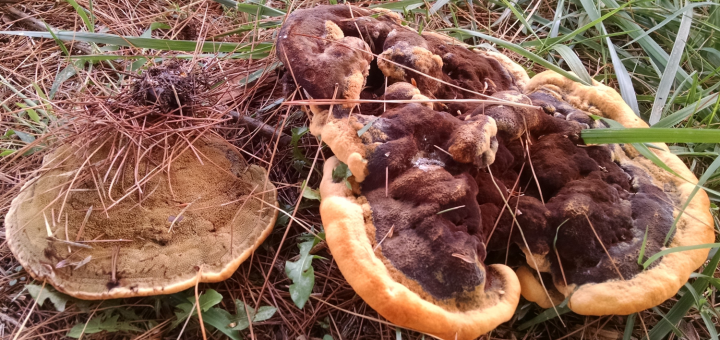
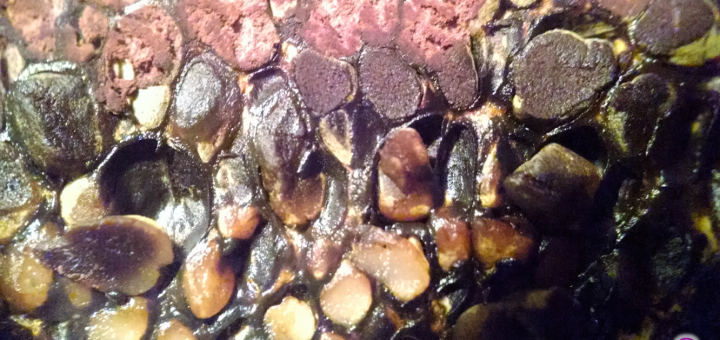
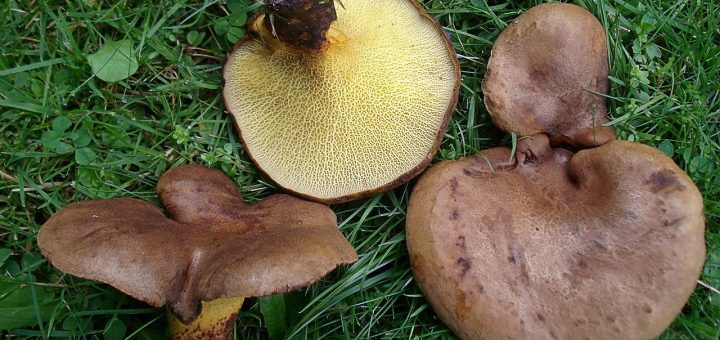
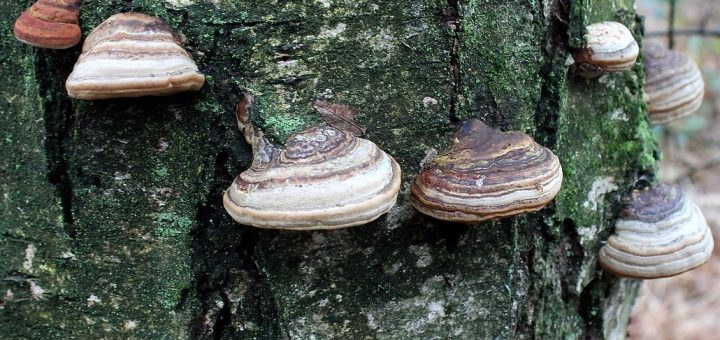
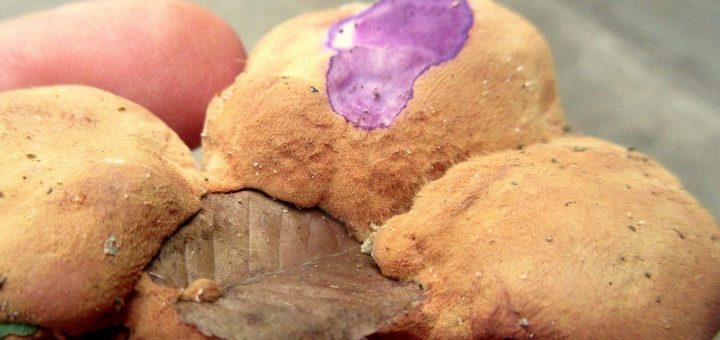
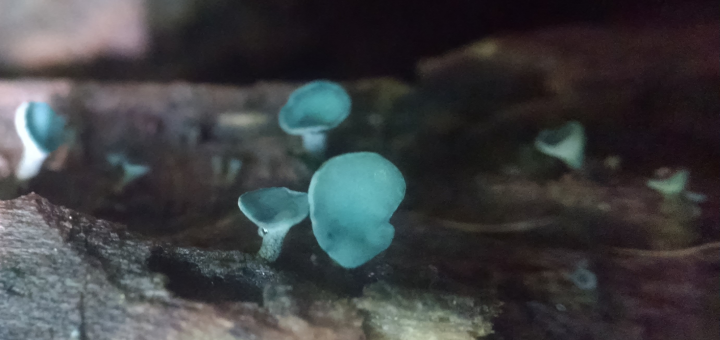
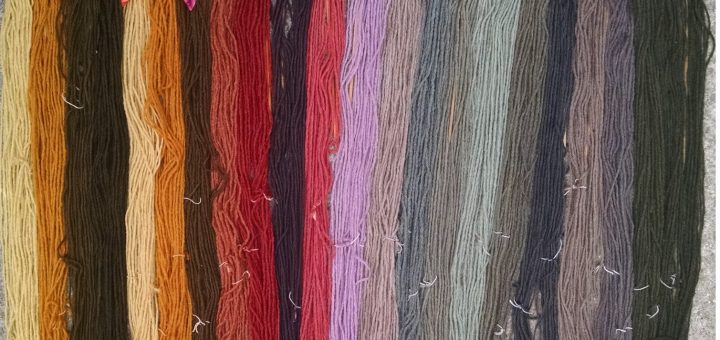
![#119: Pisolithus arrhizus, the Dyeball [Archived]](https://www.fungusfactfriday.com/wp-content/themes/hueman/assets/front/img/thumb-medium-empty.png)





![#011: Characteristics of Kingdom Fungi [Archived]](https://www.fungusfactfriday.com/wp-content/themes/hueman/assets/front/img/thumb-small-empty.png)

